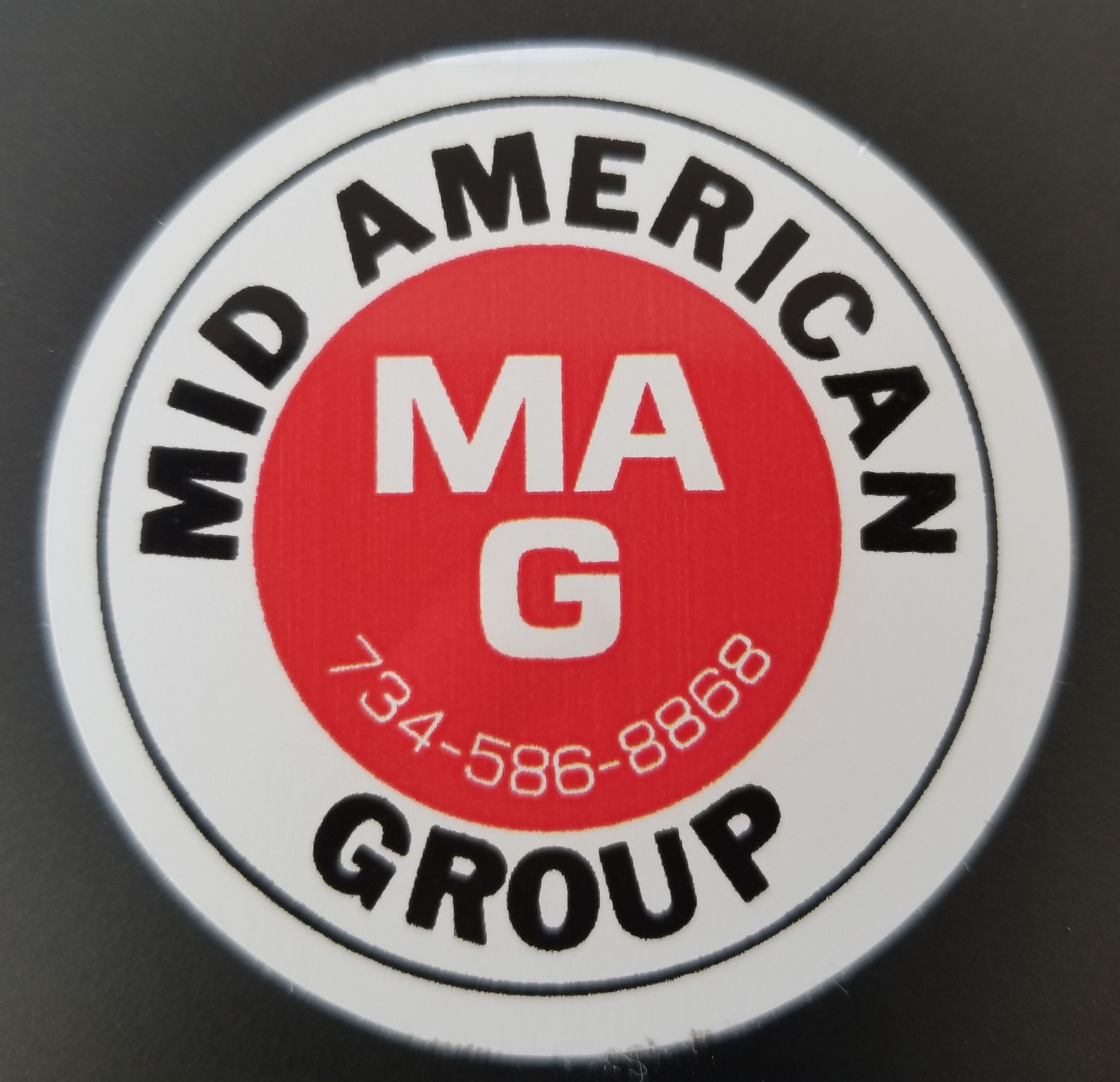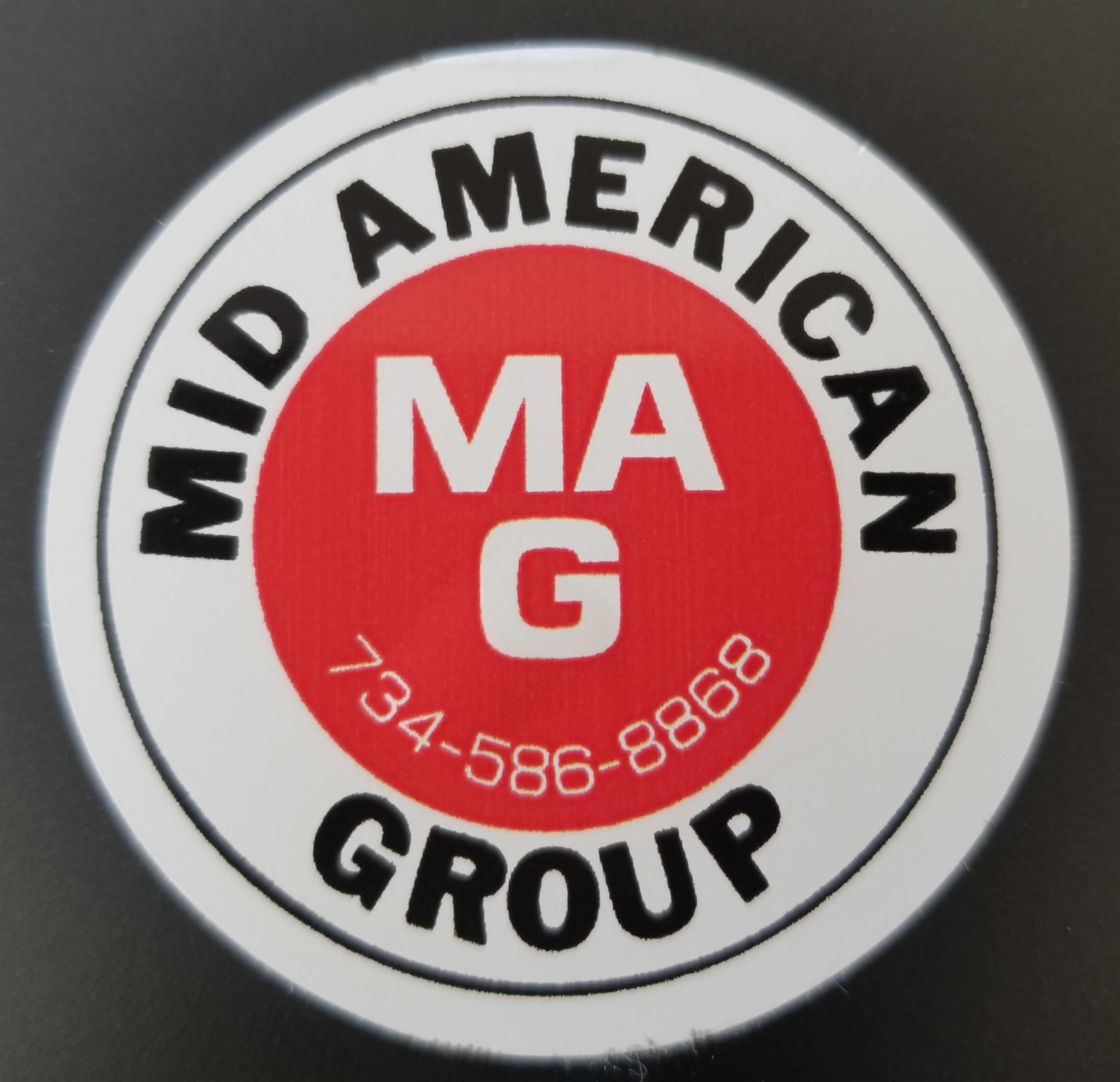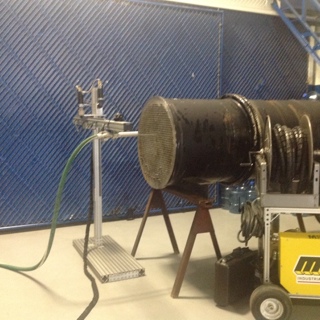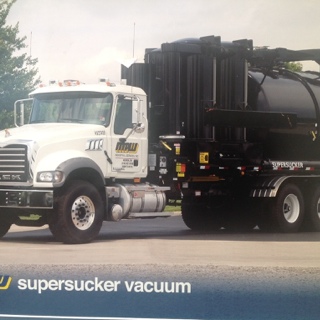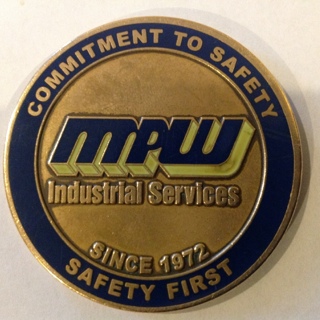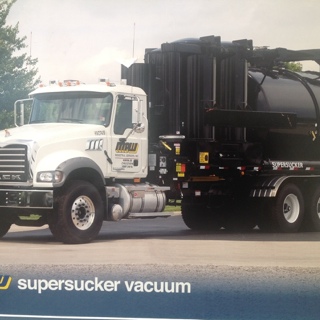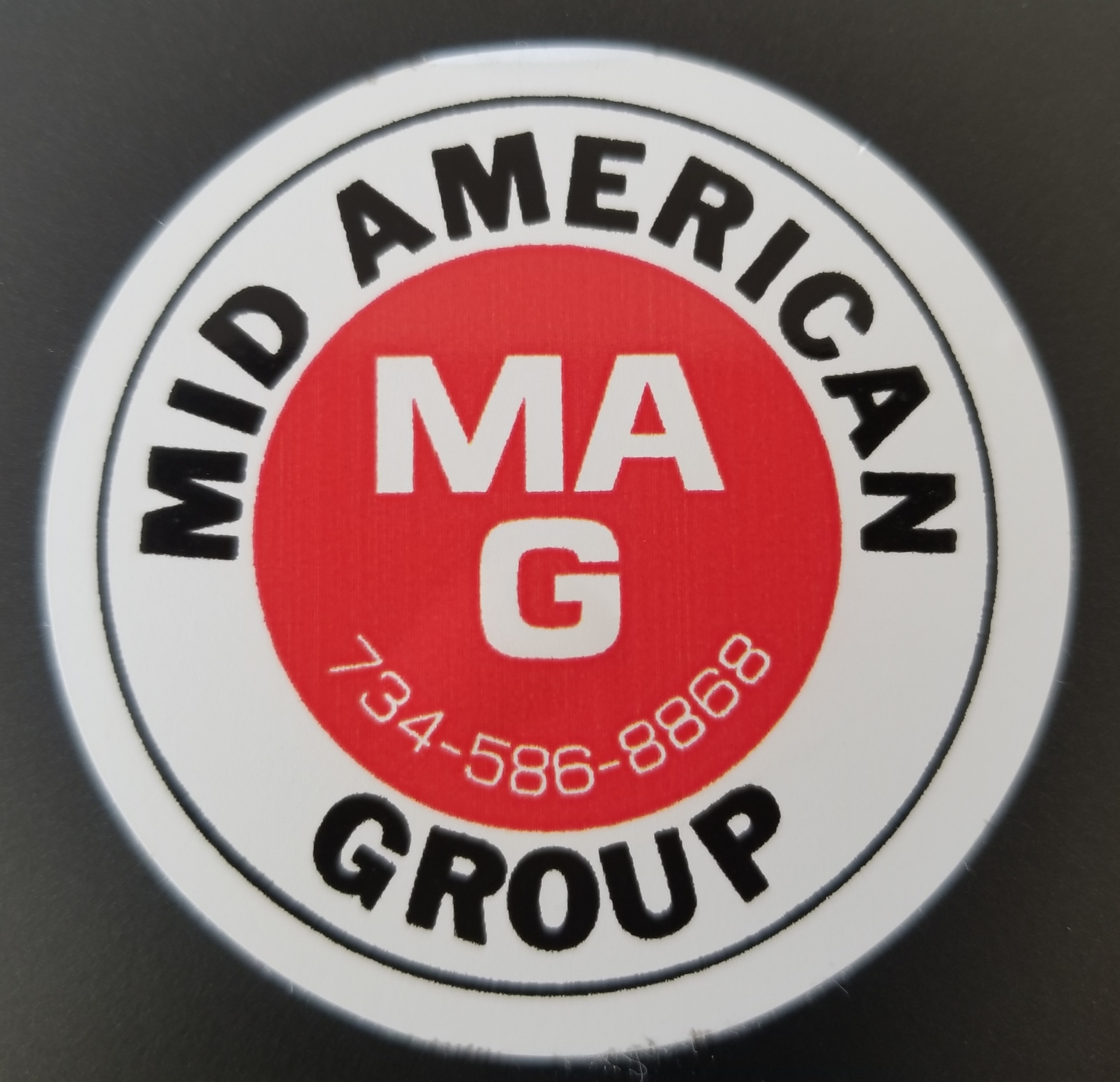Information
-
Field Safety Inspections
-
Client / Site / Customer
-
Conducted on
-
Prepared by
-
Location
-
Personnel / vehicle / Equipment
Life Threatening Safety Procedures
-
Working in a confined space with testing, purging, ventilating procedures followed.
-
Working ALOFT (>4ft) on a pole with prior inspection / testing of the pole, working with fall protection and securing the ladder.
-
Motor vehicle driver wearing seat belt.
-
Working with AC electric after testing and donning proper PPE.
-
Is the worker donning all the PPE required when life threatening hazards exist.
-
Not smoking in hazardous locations.
-
Cave-in protection provided when entering excavations >5ft deep.
-
Are all safety guards / mechanisms in-place. No disconnecting, mofdifying, overriding or otherwise altering.
-
Are WAP signs and orange cones in-place when working in the roadway.
-
Distracted driving habits. No texting or using any electronic device while driving.
-
Basic Safety items to be inspected
-
ALOFT
-
CDL License, Medical Card
-
Wheel Chocks
-
Eyes, Eye Protection
-
Fire Extinguisher
-
AED
-
Flagger
-
Gas Cylinder(s)
-
Gas Meter
-
Gloves, Hand Protection
-
Hard Hat, Head Protection
-
Harness, Fall Protection
-
Keys, Vehicle Locked
-
Ladders
-
DOT Log Book
-
Man Hole Blower
-
Man Hole Guarded
-
MSDS, SDS
-
DOT Annual Inspection Sticker
-
Parking, Backed In
-
Sump Pump
-
Seat Belt
-
No Smoking
-
Steel Toed Work Boot, Foot Protection
-
Yellow Strobe Light
-
Hi-Vis Vest
-
Voltage Tester
-
W.A.P. Cones, Signs
-
Other
Opportunities for Improvement
-
Has this inspection been discussed with Team Leader.
-
Select date
-
Add signature







